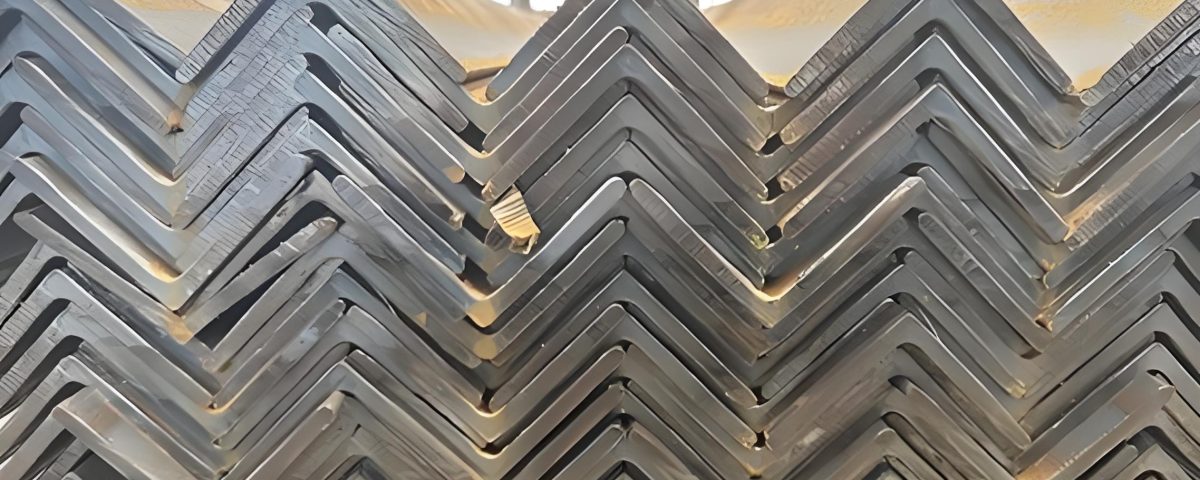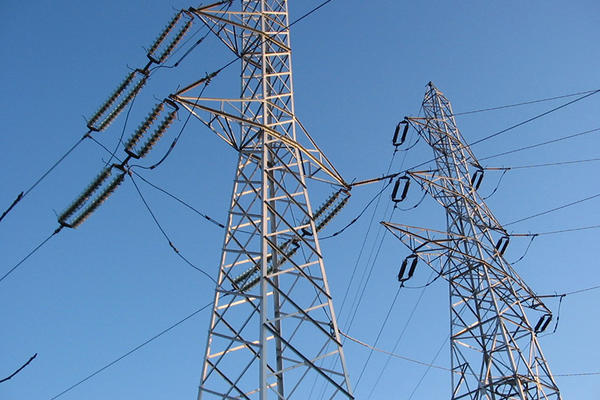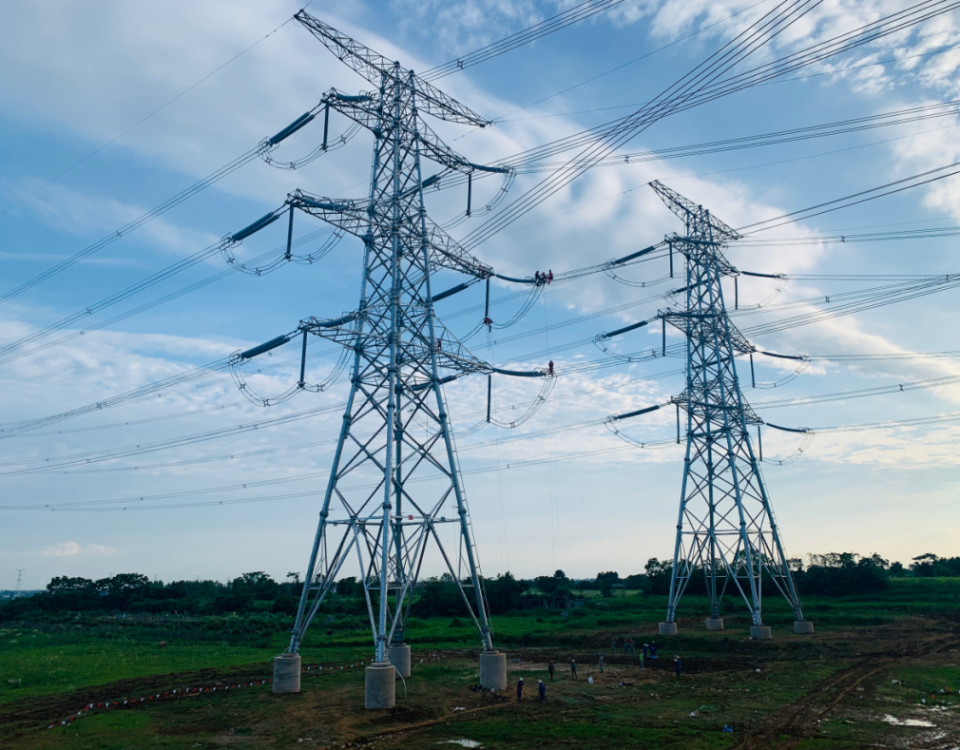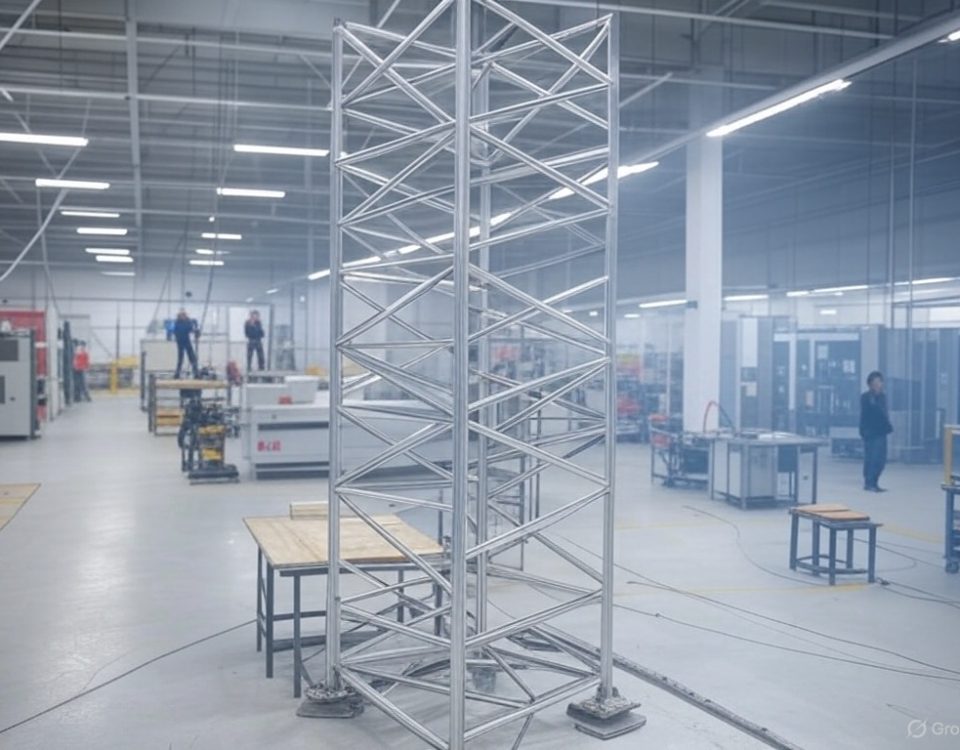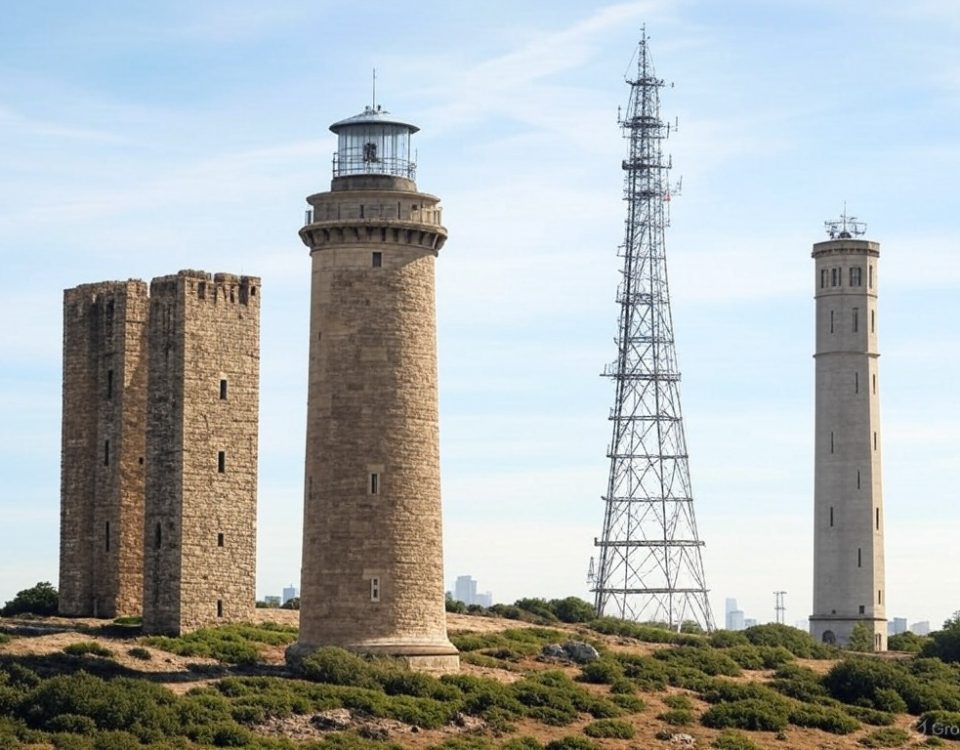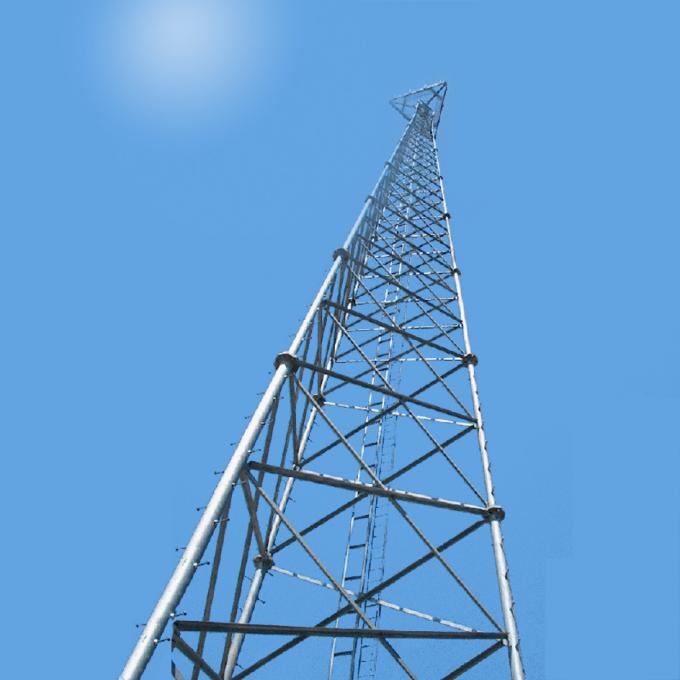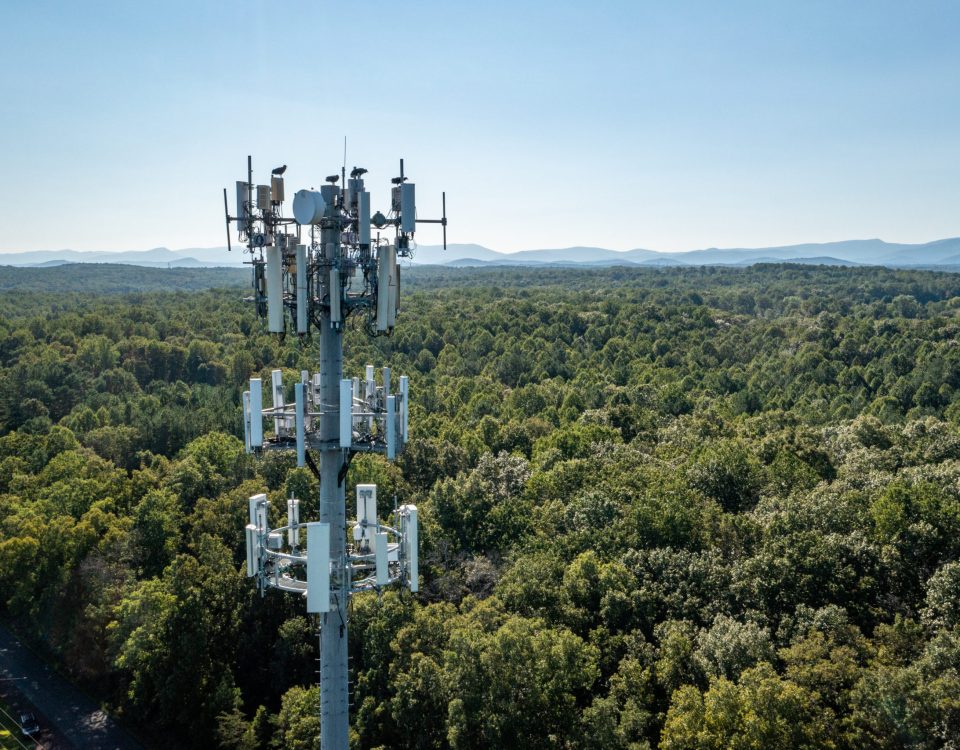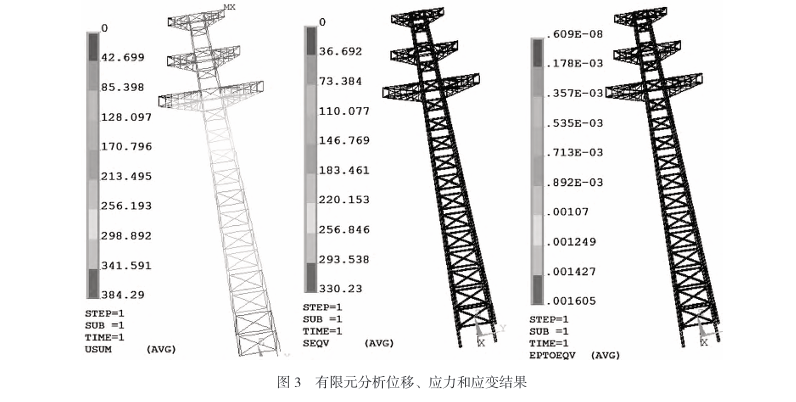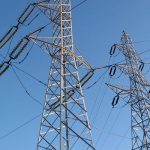
Low-Temperature Mechanical Properties of Transmission Tower Materials
April 2, 2025Research High-Strength Angle Steel for Steel Towers
Production Research of High-Strength, High-Quality Angle Steel for Iron Towers: A Scientific Analysis
Abstract
Angle steel is a critical structural component in the construction of Steel Towers, particularly for power transmission and communication applications. The demand for high-strength, high-quality angle steel has surged due to the need for taller, heavier-loaded towers driven by modern energy and communication infrastructure requirements. This article provides a comprehensive analysis of the production research surrounding high-strength angle steel, focusing on material properties, manufacturing processes, and performance parameters. Through comparative tables and detailed discussions, we evaluate the mechanical properties, corrosion resistance, and buckling resistance of various steel grades, including advanced high-strength steels (AHSS) and ultra-high-strength steels (UHSS). Recent studies are reviewed to highlight innovations in production techniques, such as hot-rolling, cold-rolling, and galvanization, and their impact on the quality and applicability of angle steel for Steel Towers. The analysis aims to guide engineers and researchers in selecting optimal materials and processes for enhanced tower performance and sustainability.
1. Introduction
Steel Towers, such as those used in power transmission and telecommunication, rely heavily on angle steel due to its L-shaped cross-section, which provides excellent strength-to-weight ratio and resistance to bending. The increasing demand for higher and heavier towers, driven by renewable energy integration and grid expansion, necessitates angle steel with superior mechanical properties, corrosion resistance, and durability. High-strength steels (HSS) and ultra-high-strength steels (UHSS) have emerged as promising materials to meet these demands, offering yield strengths exceeding 450 MPa and enhanced toughness compared to conventional steels.
This article synthesizes recent research on the production of high-strength, high-quality angle steel, focusing on material selection, manufacturing processes, and performance metrics. We compare key parameters such as yield strength, tensile strength, ductility, and corrosion resistance across different steel grades and production methods. The analysis incorporates experimental and numerical studies, such as those on star-battened angle members, to provide insights into buckling resistance and load-bearing capacity. By presenting detailed tables and comparisons, we aim to offer a robust framework for understanding the state-of-the-art in angle steel production for Steel Towers.
2. Material Properties of High-Strength Angle Steel
The performance of angle steel in Steel Towers depends on its material properties, which are determined by the alloy composition, microstructure, and processing techniques. High-strength steels typically contain low carbon content (≤0.2%) and alloying elements such as manganese, chromium, molybdenum, and nickel to enhance strength and toughness. Advanced high-strength steels (AHSS) and ultra-high-strength steels (UHSS) further incorporate microalloying elements like niobium and vanadium to improve grain refinement and precipitation hardening.
2.1 Key Mechanical Properties
The primary mechanical properties of angle steel for Steel Tower include:
- Yield Strength: The stress at which plastic deformation begins, critical for resisting permanent deformation under load.
- Tensile Strength: The maximum stress the material can withstand before fracture, indicating its load-bearing capacity.
- Ductility: The ability to deform plastically without fracturing, essential for energy absorption during dynamic loads.
- Toughness: The ability to absorb energy and resist fracture, particularly under impact or low temperatures.
- Weldability: The ease of forming strong welds without defects, crucial for tower assembly.
2.2 Comparison of Steel Grades
Table 1 compares the mechanical properties of common steel grades used in angle steel production, including conventional structural steels (e.g., Q235, S275), high-strength steels (e.g., S460), and advanced high-strength steels (e.g., dual-phase steels).
| Steel Grade | Yield Strength (MPa) | Tensile Strength (MPa) | Elongation (%) | Charpy Impact Energy (J at -20°C) | Applications |
|---|---|---|---|---|---|
| Q235 | 235 | 370-500 | 26 | 27 | General structural towers |
| S275 | 275 | 410-560 | 22 | 27 | Low-rise towers, buildings |
| S355 | 355 | 470-630 | 20 | 27 | Medium-height towers |
| S460 | 460 | 550-720 | 17 | 40 | High-rise transmission towers |
| Dual-Phase (DP780) | 780 | 980-1100 | 14 | 50 | Advanced structural applications |
Source: Adapted from EN 10025 standards and recent studies
[](https://en.wikipedia.org/wiki/Angle-iron)[](https://www.sciencedirect.com/topics/engineering/high-strength-steel)
The data in Table 1 illustrates that higher-strength steels like S460 and DP780 offer significant improvements in yield and tensile strength but may sacrifice some ductility. For Steel Tower, a balance between strength and ductility is critical to ensure stability under static and dynamic loads, such as wind or seismic forces.
3. Production Processes for High-Quality Angle Steel
The production of high-strength angle steel involves several manufacturing processes, each influencing the final material properties. The primary methods include hot-rolling, cold-rolling, and galvanization, with additional heat treatments or alloying to enhance performance.
3.1 Hot-Rolling
Hot-rolling is the most common method for producing structural angle steel, such as ASTM A36 or S355 grades. The process involves heating steel billets to above 900°C and passing them through rollers to form the L-shaped cross-section. Hot-rolled angle steel is cost-effective and suitable for large-scale tower construction but may have less precise dimensions and surface finishes compared to cold-rolled steel. Its mechanical properties are adequate for general applications, with yield strengths typically ranging from 235 to 355 MPa.
[](https://www.industrialmetalsupply.com/cold-rolled-galvanized-a36-and-hr-astm-a36-steel-angle)[](https://www.steel-sections.com/steelsections/a36-steel-angle.html)
3.2 Cold-Rolling
Cold-rolling involves processing steel at room temperature to achieve tighter dimensional tolerances and smoother surface finishes. Cold-rolled angle steel, often made from A1008 mild steel, exhibits higher tensile strength and uniformity, making it ideal for applications requiring precision. However, the process is more expensive and may introduce residual stresses, which can affect weldability.
[](https://www.industrialmetalsupply.com/cold-rolled-galvanized-a36-and-hr-astm-a36-steel-angle)
3.3 Galvanization
Galvanization involves coating angle steel with a zinc layer to enhance corrosion resistance, a critical factor for Steel Tower exposed to harsh environmental conditions. Galvanized A36 steel, for example, offers comparable strength to stainless steel at a lower cost, with rust protection lasting decades. However, the thermal treatment during galvanization can affect the microstructure of high-strength steels, potentially reducing ductility.
[](https://www.industrialmetalsupply.com/blog/angle-iron-selection-guide)[](https://www.sciencedirect.com/topics/engineering/high-strength-steel)
3.4 Advanced Techniques
Recent advancements include thermomechanical controlled processing (TMCP) and quenching and tempering (Q&T) to produce AHSS and UHSS. TMCP refines the microstructure through controlled rolling and cooling, improving strength and toughness. Q&T enhances hardness and fatigue resistance, making it suitable for ultra-high-strength applications. These techniques are increasingly used for S460 and higher-grade steels in transmission towers.
[](https://www.sciencedirect.com/science/article/abs/pii/B9780080430157500105)
3.5 Comparison of Production Processes
Table 2 compares the key characteristics of hot-rolling, cold-rolling, and galvanization for angle steel production.
| Process | Yield Strength (MPa) | Surface Finish | Corrosion Resistance | Cost | Applications |
|---|---|---|---|---|---|
| Hot-Rolling | 235-355 | Moderate | Low (unless coated) | Low | General structural towers |
| Cold-Rolling | 300-500 | High | Low (unless coated) | High | Precision components |
| Galvanization | 235-355 | Moderate | High | Moderate | Exposed tower members |
| TMCP | 460-780 | High | Moderate | High | High-rise towers |
Source: Compiled from industry standards and recent research
[](https://www.industrialmetalsupply.com/blog/angle-iron-selection-guide)[](https://www.industrialmetalsupply.com/cold-rolled-galvanized-a36-and-hr-astm-a36-steel-angle)[](https://www.sciencedirect.com/science/article/abs/pii/B9780080430157500105)
4. Performance Analysis: Buckling and Corrosion Resistance
Steel Tower are subjected to compressive loads, wind forces, and environmental exposure, making buckling and corrosion resistance critical performance metrics for angle steel.
4.1 Buckling Resistance
Buckling is a primary failure mode for angle steel members under compression, particularly in tall transmission towers. Recent studies have focused on star-battened angle members, which combine two angle sections to enhance buckling resistance. A study on S460 star-battened members (L300x300x35, 4486 mm length) demonstrated a buckling capacity of approximately 15 MN, achieving a 50% weight reduction and 60% design time savings compared to conventional designs. Numerical simulations using ANSYS confirmed these results, showing a buckling resistance of 16.62 MN for the same configuration.
[](https://www.sciencedirect.com/science/article/abs/pii/S2352012423013620)
The buckling resistance depends on the slenderness ratio (L/r), cross-sectional area, and material strength. Table 3 compares the buckling capacities of different angle steel configurations.
| Configuration | Steel Grade | Slenderness Ratio (L/r) | Buckling Capacity (MN) | Weight (kg/m) |
|---|---|---|---|---|
| Single Angle (L250x250x28) | S460 | 90 | 8.5 | 52.3 |
| Star-Battened (L250x250x28) | S460 | 90 | 12.0 | 104.6 |
| Star-Battened (L300x300x35) | S460 | 90 | 15.0 | 162.8 |
| Single Angle (L250x250x28) | DP780 | 90 | 10.2 | 52.3 |
Source: Adapted from experimental and numerical studies
[](https://www.sciencedirect.com/science/article/abs/pii/S2352012423013620)
4.2 Corrosion Resistance
Corrosion significantly reduces the load-bearing capacity of angle steel, particularly in coastal or industrial environments. A study on corroded Q235 angle members (L50x4, L56x4, L70x5) showed that a 40% mass loss due to corrosion reduced compressive capacity by up to 50%. Galvanized and weathering steels (e.g., S355K2W) offer superior corrosion resistance, with the latter forming a protective patina that minimizes further degradation.
[](https://www.sciencedirect.com/science/article/abs/pii/S0950061820302154)[](https://en.wikipedia.org/wiki/Angle-iron)
Table 4 compares the corrosion resistance of different angle steel types under accelerated corrosion testing.
| Steel Type | Coating | Mass Loss at 10% Corrosion (%) | Capacity Reduction (%) | Service Life (Years) |
|---|---|---|---|---|
| Q235 | None | 10 | 15 | 10-15 |
| S355 | None | 8 | 12 | 15-20 |
| A36 | Galvanized | 2 | 5 | 30-50 |
| S355K2W | Weathering | 3 | 6 | 25-40 |
Source: Compiled from corrosion studies
[](https://www.sciencedirect.com/science/article/abs/pii/S0950061820302154)[](https://en.wikipedia.org/wiki/Angle-iron)
5. Recent Studies and Innovations
Recent research has focused on optimizing angle steel for Steel Tower through advanced materials and configurations. A notable study investigated the use of S460 star-battened members for a 240 m high power transmission tower, achieving significant weight and time savings. The study combined experimental testing, numerical simulations (ANSYS), and analytical calculations to validate the design, aligning with European standards (EN 50341, EN 1993-3).
[](https://www.sciencedirect.com/science/article/abs/pii/S2352012423013620)
Another study explored the use of dual-phase steels (DP780) in structural applications, highlighting their high strength and energy absorption capabilities. These steels are particularly promising for towers in seismic zones due to their ductility and toughness. Additionally, research on corrosion-resistant coatings, such as zinc-aluminum alloys, has shown promise in extending the service life of angle steel in harsh environments.
[](https://www.sciencedirect.com/topics/engineering/high-strength-steel)[](https://www.sciencedirect.com/science/article/abs/pii/S0950061820302154)
Innovations in production include the adoption of TMCP and Q&T for AHSS, which enable the production of angle steel with yield strengths exceeding 780 MPa. These advancements are critical for reducing material usage and carbon footprint in tower construction, aligning with sustainability goals.
[](https://www.sciencedirect.com/science/article/abs/pii/B9780080430157500105)
6. Discussion and Future Directions
The production of high-strength, high-quality angle steel for Steel Tower has advanced significantly, driven by the need for efficient, durable, and sustainable infrastructure. High-strength steels like S460 and dual-phase steels offer superior mechanical properties, enabling the construction of taller and lighter towers. However, challenges remain, including the trade-off between strength and ductility, the cost of advanced production processes, and the limitations of corrosion-resistant coatings for UHSS.
Future research should focus on:
- Developing cost-effective UHSS with improved weldability and corrosion resistance.
- Optimizing star-battened configurations for enhanced buckling resistance in ultra-tall towers.
- Exploring hybrid materials, such as steel-composite combinations, to further reduce weight.
- Advancing corrosion-resistant coatings compatible with high-strength steels.
Additionally, integrating digital twins and machine learning in the design and testing of angle steel members could enhance predictive modeling of buckling and corrosion behavior, improving tower safety and longevity.
References
1. Buckling resistance of star-battened angle members made of high-strength steel. ScienceDirect.
[](https://www.sciencedirect.com/science/article/abs/pii/S2352012423013620)
2. A Guide to Selecting the Right Iron Angle For Your Project. Industrial Metal Supply.
[](https://www.industrialmetalsupply.com/blog/angle-iron-selection-guide)
3. High Strength Steel – an overview. ScienceDirect Topics.
[](https://www.sciencedirect.com/topics/engineering/high-strength-steel)
4. Assessing capacity of corroded angle members in steel structures based on experiment and simulation. ScienceDirect.
[](https://www.sciencedirect.com/science/article/abs/pii/S0950061820302154)
5. Structural steel. Wikipedia.
[](https://en.wikipedia.org/wiki/Angle-iron)
6. High-Performance Steel Structures: Recent Research. ScienceDirect.
[](https://www.sciencedirect.com/science/article/abs/pii/B9780080430157500105)
7. Steel Angle | Hot Rolled & Cold Rolled Steel Fabrications. Industrial Metal Supply.
[](https://www.industrialmetalsupply.com/cold-rolled-galvanized-a36-and-hr-astm-a36-steel-angle)
8. ASTM A36 Structural Angle Steel For Construction, Tower, Frames. Steel Sections.
[](https://www.abtersteel.com/)
———————————–
Advanced Manufacturing of High-Performance Angle Steel for Electrical Transmission Towers
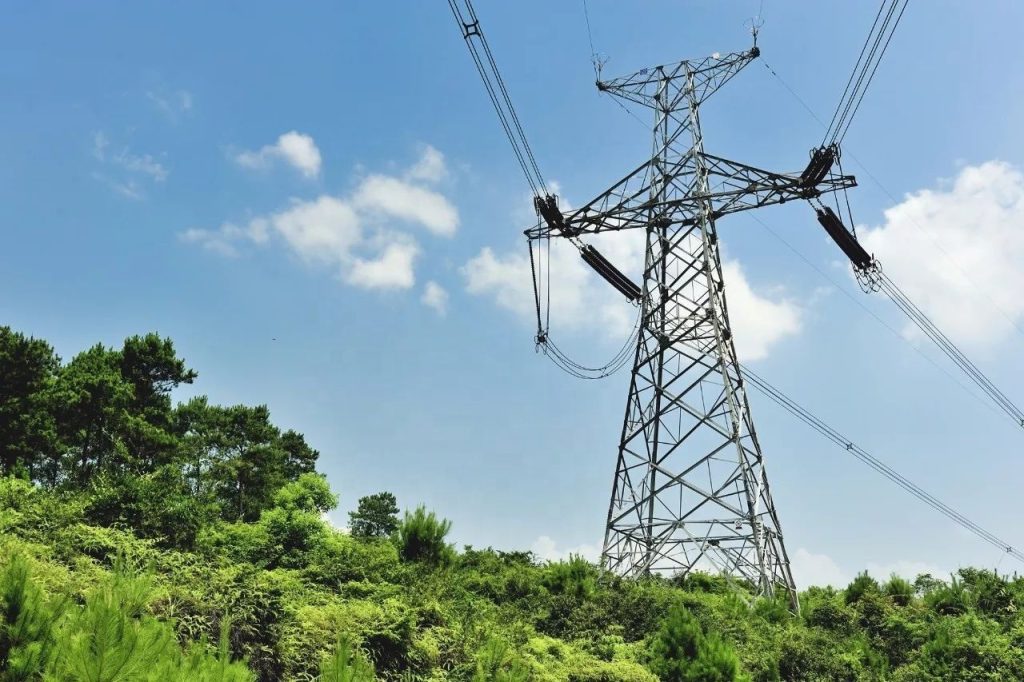
The analysis of the bearing capacity of a power transmission line steel tower highlights the complexity and importance of structural and foundation design. By understanding the interplay of loads, material properties, and environmental factors, engineers can optimize tower performance and ensure reliability in power networks. Tables and case studies further illustrate best practices and design considerations.
1. Introduction
Modern power transmission infrastructure requires angle steel with:
- Minimum yield strength: 420 MPa
- Elongation: ≥18%
- Impact toughness: ≥34J at -20°C
- Corrosion resistance: C5-M classification per ISO 12944
2. Material Design Parameters
| Element | Q420B | Q460C | Function |
|---|---|---|---|
| C | ≤0.20% | ≤0.18% | Strength enhancement |
| Mn | 1.00-1.60% | 1.20-1.70% | Grain refinement |
| Nb | 0.015-0.060% | 0.02-0.08% | Precipitation hardening |
| V | 0.02-0.15% | 0.05-0.20% | Carbide formation |
3. Production Process Comparison
| Process Stage | Traditional Method | Advanced Method |
|---|---|---|
| Smelting | Basic oxygen furnace S content: ≤0.025% Temp: 1,600-1,650°C |
Electric arc furnace + LF refining S content: ≤0.015% Temp control: ±5°C |
| Rolling | Conventional hot rolling Finish temp: 850-900°C Cooling rate: 5-10°C/s |
TMCP (Thermo-Mechanical Controlled Process) Finish temp: 750-800°C Cooling rate: 15-25°C/s |
4. Mechanical Properties Analysis
| Property | Standard Requirement | Test Result | Improvement |
|---|---|---|---|
| Yield Strength | ≥420 MPa | 450-480 MPa | +7-14% |
| Tensile Strength | 540-720 MPa | 580-670 MPa | Better consistency |
| Elongation | ≥18% | 22-26% | +22-44% |
5. Corrosion Resistance Performance
Salt spray test results (ASTM B117):
| Coating Type | Hours to First Rust | Protection Efficiency |
|---|---|---|
| Hot-dip Galvanizing | 1,200-1,500 | 92-95% |
| Zinc-Aluminum Coating | 2,000-2,500 | 97-98% |
6. Production Cost Analysis
| Factor | Traditional Process | Advanced Process |
|---|---|---|
| Energy Consumption | 580-620 kWh/t | 480-520 kWh/t |
| Material Yield | 88-92% | 94-96% |
| Production Rate | 2.5-3.0 t/h | 3.8-4.2 t/h |
7. Conclusion
High-strength, high-quality angle steel is indispensable for modern Steel Tower, supporting the global demand for robust energy and communication infrastructure. This analysis has highlighted the critical role of material selection, production processes, and performance metrics in achieving optimal tower performance. Through comparative tables and discussions, we have demonstrated the advantages of high-strength steels like S460 and dual-phase steels, as well as the importance of galvanization and advanced manufacturing techniques like TMCP. Recent studies underscore the potential for significant weight and cost savings through innovative designs, such as star-battened members. As the industry moves toward sustainability and resilience, continued research into advanced materials, coatings, and digital technologies will be essential to meet the evolving demands of Steel Tower construction.
Related posts
The analysis of the bearing capacity of a power transmission line steel tower highlights the complexity and importance of structural and foundation design. By understanding the interplay of loads, material properties, and environmental factors, engineers can optimize tower performance and ensure reliability in power networks. Tables and case studies further illustrate best practices and design considerations.

